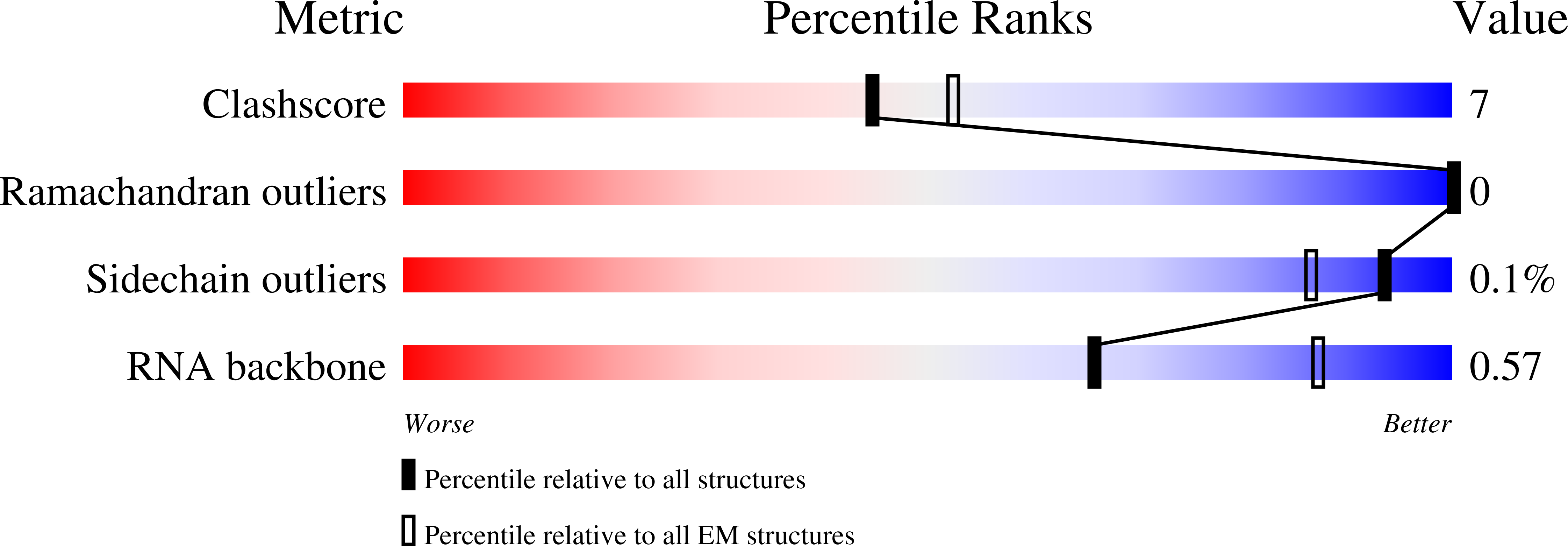
Deposition Date
2020-07-29
Release Date
2020-12-09
Last Version Date
2025-05-28
Entry Detail
PDB ID:
7JL1
Keywords:
Title:
Cryo-EM structure of RIG-I:dsRNA in complex with RIPLET PrySpry domain (monomer)
Biological Source:
Source Organism:
Homo sapiens (Taxon ID: 9606)
Host Organism:
Method Details:
Experimental Method:
Resolution:
3.90 Å
Aggregation State:
FILAMENT
Reconstruction Method:
SINGLE PARTICLE


